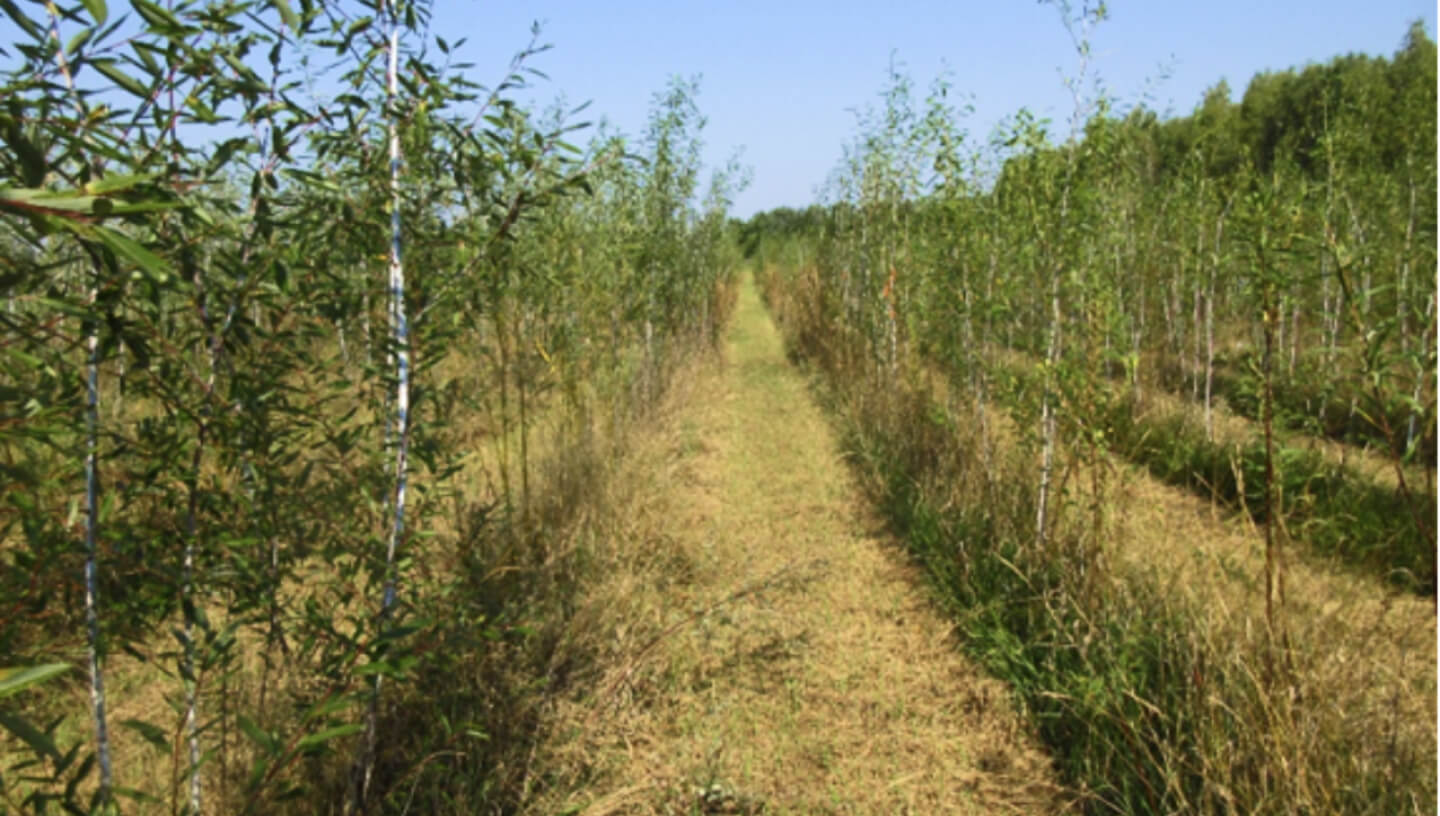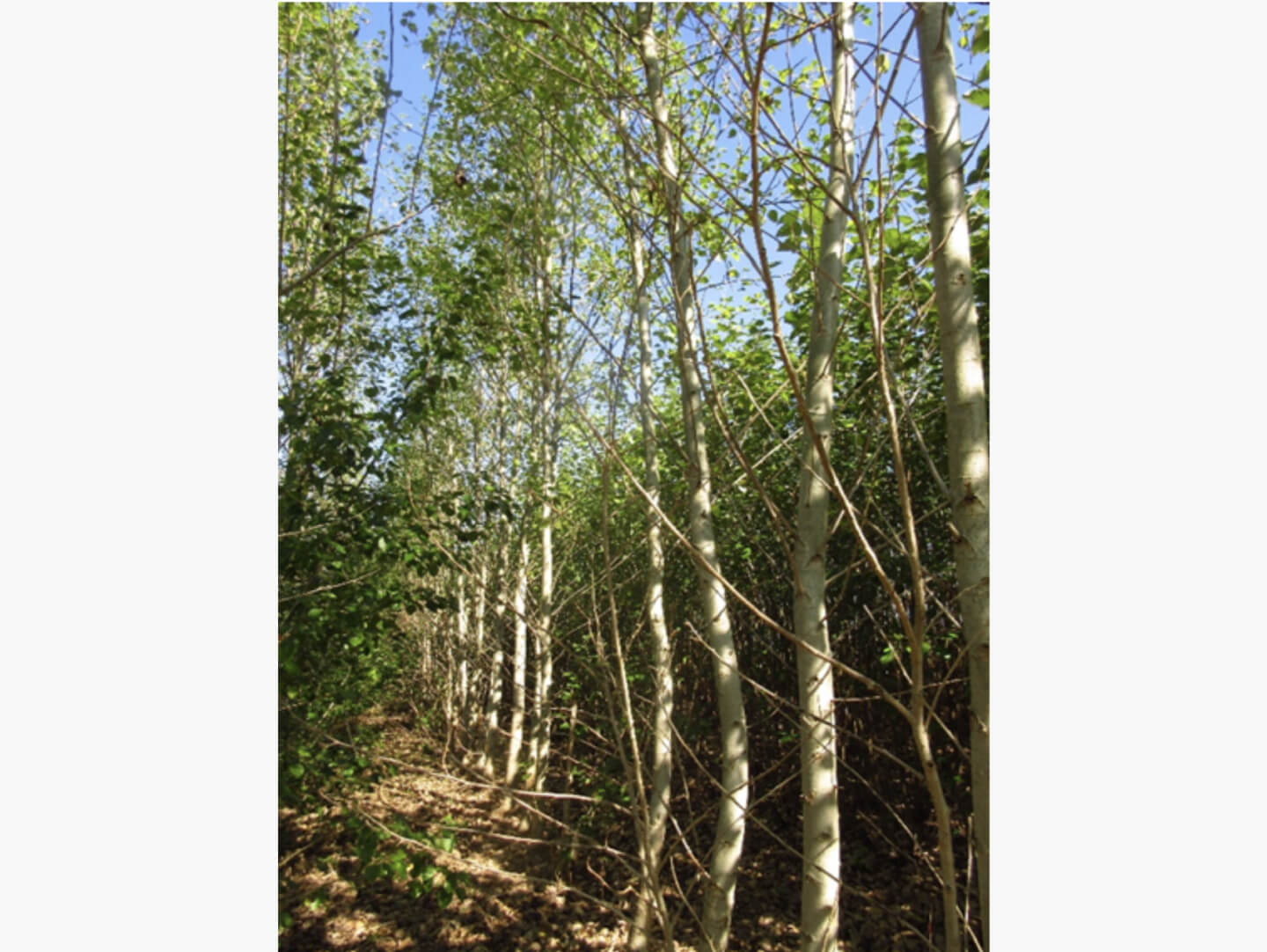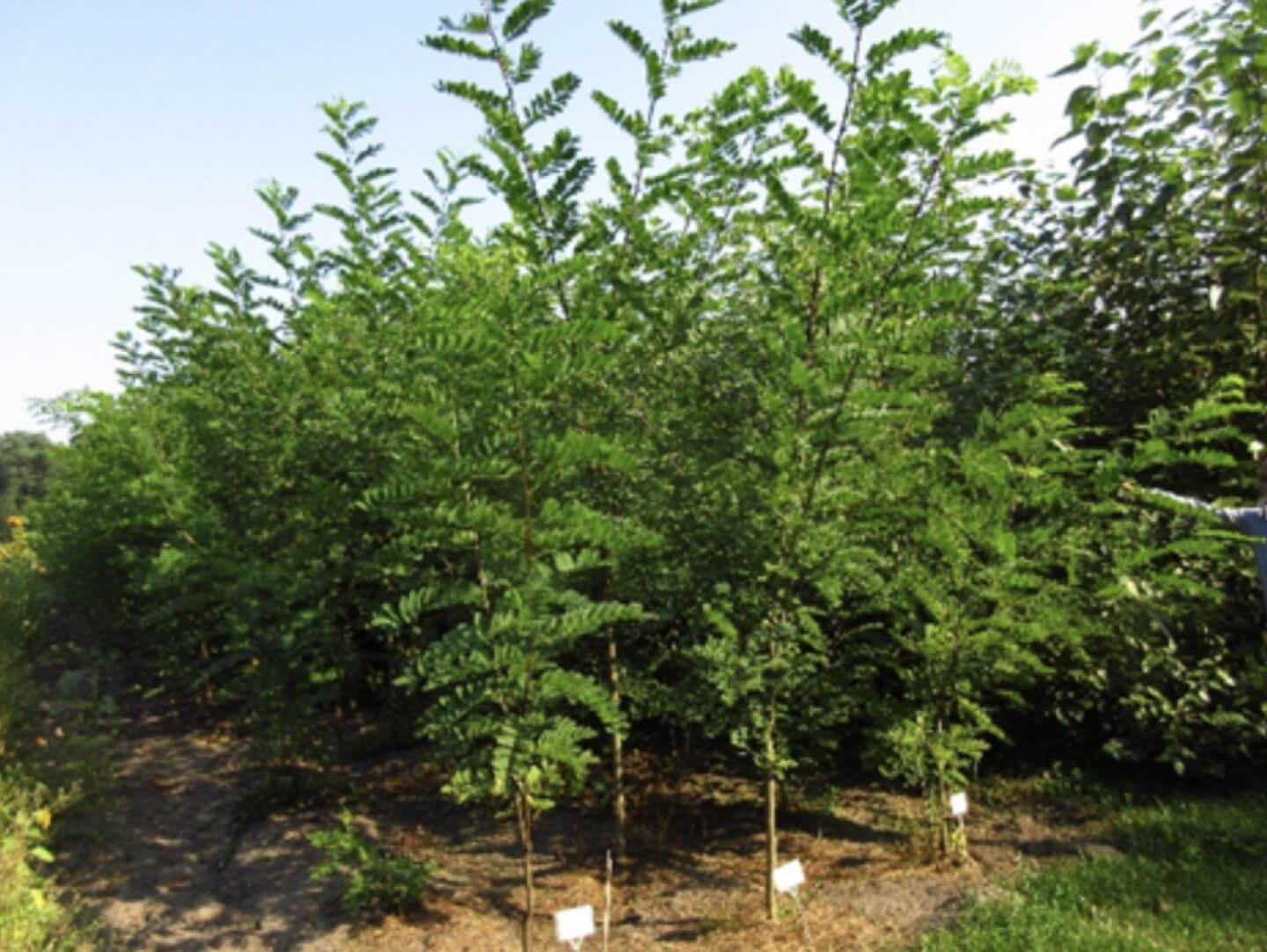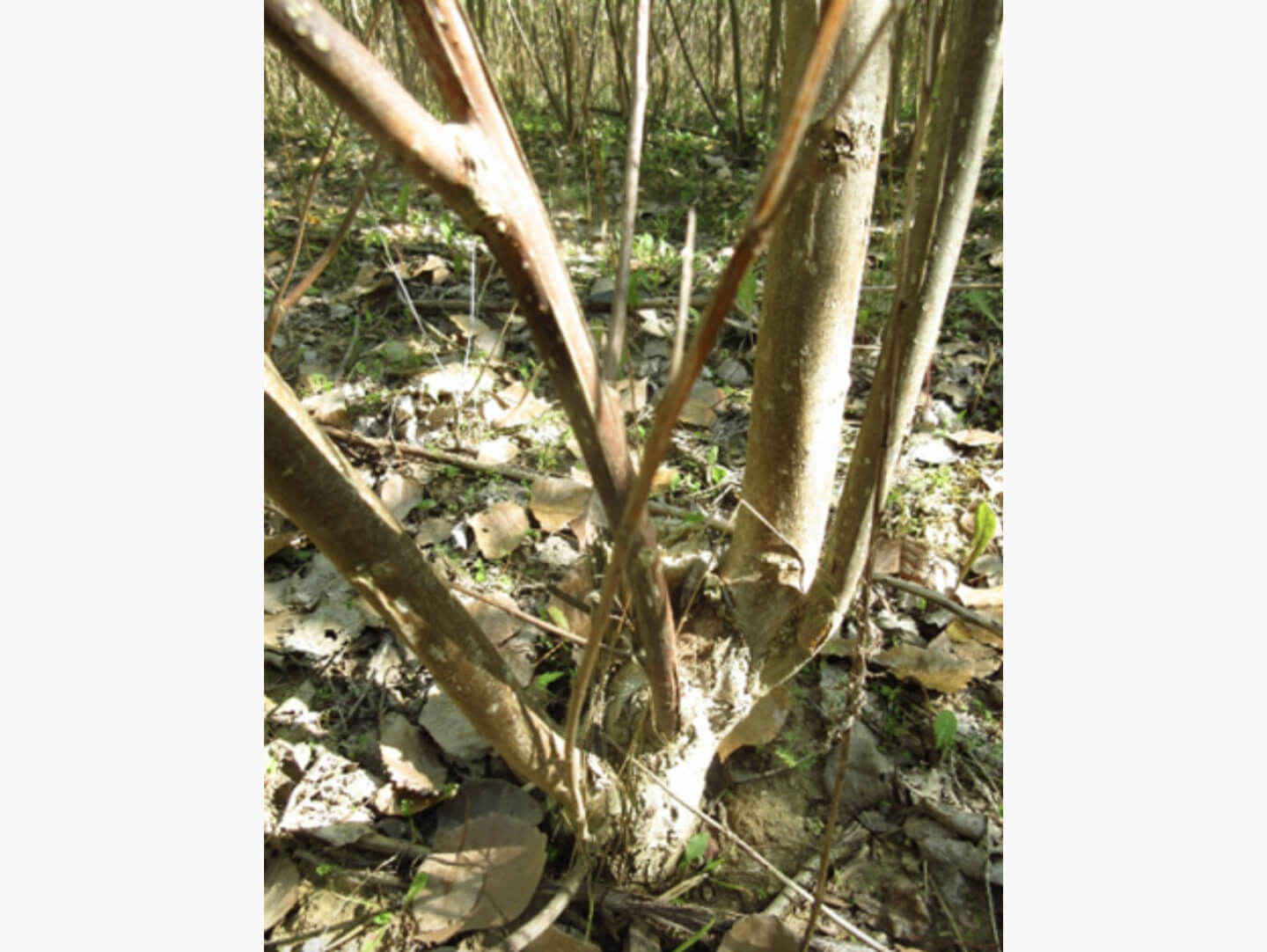Climate change is a serious and long-term threat, with the number of droughts, floods, extreme weather events increasing annually and this trend is expected to continue. The use of climate projects for adaptation to climate change is promoted at international, national and regional levels. Commitment to the United Nations Framework Convention on Climate Change (UNFCCC) [1] is emphasised in order to harmonise international action. [1] on climate change as a political forum. Particular attention is given to projects with a long-term perspective.
In order to implement parts 8 and 9 of Article 9 of the Federal Law of July 2, 2021 No. 296-FZ “On limiting greenhouse gas emissions”. [2] N.E. Bauman Moscow State Technical University (National Research University) is developing a concept of a climate project for the creation of a carbon farm on the territory of JSC “VTZ” and technology of high efficiency carbon dioxide sequestration from the atmosphere by plants in conditions of arid steppe zone climate on an area of about 3.4 ha. The project will be implemented in the Volgograd region.
The establishment of a carbon farm is planned at a solid waste landfill of hazard classes 3—4—5 as a strategy to manage residual solid waste. The World Bank predicts that by 2050, the world will generate 3.4 billion tonnes of waste annually [3], which could seriously threaten the health of soil-water-plant-human systems. From a climate change perspective, the expansion of solid waste storage, and hence increased land degradation, increases nitrous oxide (N2O) and methane (CH4) emissions. Land degradation processes that directly affect soils and terrestrial biota also have a major impact on CO2 exchange with the atmosphere, and hence on the global carbon cycle.

Figure 1. Plantation of willow. Johann Heinrich von Thünnen Institute of Forest Genetics (Germany)
Photo by: O.V. Chernyshenko
According to the table of categories and types of voluntary climate projects provided by the Russian Ministry of Economic Development, our project corresponds to category 7.2 — restoration of degraded land through afforestation/reforestation.
Therefore, the main objective of establishing a carbon farm on such land is to reduce greenhouse gas emissions and strive for higher environmental standards of atmospheric air.
To establish the farm we will use fast-growing, salt- and drought-tolerant, pest- and disease-resistant species of woody plants from native flora and introducers that provide essential ecosystem services such as biomass production, absorption of carbon dioxide and other greenhouse gases, clean water and healthy soils.

Figure 2. Poplar plantation. Johann Heinrich von Thünnen Institute of Forest Genetics (Germany)
Photo by: O.V. Chernyshenko
Different planting options and choice of species will analyse carbon storage in above-ground woody biomass, soil improvement and bioremediation, increasing biodiversity. Carbon farms are established as plantations of fast-growing trees with a short harvest period of 2–3 years, i.e. Short Rotation Coppice (SRC) [4,5].

Figure 3. Robinia plantation. Johann Heinrich von Thünnen Institute of Forest Genetics (Germany)
Photo by: O.V. Chernyshenko
The term ‘Short Rotation Grove’ (SRC) refers to cropping systems that use fast growing tree species with the ability to germinate again from the stump after harvest. Harvesting takes place at short intervals of 2–6 years, and management practices (soil preparation, weed control, planting, fertilisation, harvesting, etc.) are developed. Tree species most commonly used for SRC include willow hybrids (Salix spp.), poplar hybrids (Populus spp.), eucalyptus (Eucalyptus spp.), robinia species (Robinia pseudoacacia L.), etc. (Figs. 1,2,3).

Figure 4. Poplar plantation (3-year-old shoots on 10-year-old roots) and C accumulation in the topsoil. Johann Heinrich von Thünnen Institute of Forest Genetics (FRG)
Photo by: O.V. Chernyshenko
Plantations are known to improve water and groundwater quality, regulate soil water storage and reduce runoff. To calculate an ecological assessment of the landscape functions of plantations, site-specific conditions (e.g. soil type, nutrient availability), water requirements for a particular clone/species under different crop rotation management, annual precipitation as well as precipitation during the growing season are taken into account. Plantations influence carbon © sequestration, nutrient cycling from litter, and soil microbial activity (Figure 4). Soil microbial communities are important regulators of processes such as nutrient cycling and decomposition, and can provide protection against pests and diseases. These micro-organisms feed mainly on organic matter contained in the root excreta of trees. Poplars and willows are used for phytoremediation to improve/clean the soil from hazardous compounds such as heavy metals or organics. Although these trees are not hyperaccumulators of hazardous metal compounds, they are used because of their intense growth and because existing agronomic techniques for SRC management provide rapid growth. In many cases, soils moderately contaminated with heavy metals from previous use of inorganic fertilizers or sewage sludge are available for SRC.
Plant and animal biodiversity depends on the age of the plantation. Poplar and willow plantations change very rapidly due to their increase in height. Habitat conditions will depend on the spatial structure, density, vegetation complexity, shade and moisture. A distinction is made between open ground phase, shrubby plantations and arboreal forms. Typically, SRC bird and mammal communities consist of species found in open land and forests in the region.
Deciduous trees of the Carboniferous Farm provide a sustainable source of biomass production as they are characterized by increased photosynthetic capacity, rapid seedling growth, and a high proportion of woody mass production with a large leaf area during the first growing seasons [6]. This makes it possible to obtain increased wood yields in the first years after planting. The biomass of fast-growing species can be used for bioproducts, bioenergy, chipboard production, etc.
The implementation of this project will develop science-based principles for the establishment of a carbon farm on solid waste landfills in the arid steppe climate for long-term sustainable change and adaptation to a warming climate.
1. Paris Agreement. United Nations, 2015.- 27 p.
2. Federal Law of 02.07.2021 No. 296-ФЗ on limiting greenhouse gas emissions.
3. Kaza, S., Yao, L., Bhada-Tata, P. & Van Woerden, F. What a waste 2.0: A global snapshot of solid waste management to 2050.
(World Bank Publications, 2018).
4. How much bioenergy can Europe produce without harming the environment. EEA Report No 7/2006, ISSN 1725-9177, Copenhagen, Denmark.
5. Chernyshenko O.V. Use of fast-growing woody species in forestry// Scientific and Technical Conference of the Bauman Moscow State Technical University. Theses of reports. 2017. Pp. 52–53.
6. Frolova V.A., Chernyshenko O.V. Approaches to validation and verification of forest climate projects// Scientific foundations of sustainable forest management. Proceedings of the All-Russian Scientific Conference with international participation, dedicated to the 30th anniversary of CEPP RAS. Moscow, 2022. Pp. 250–252.
Cover photo: Vladimir Melnikov / Photobank Laurie








Comments